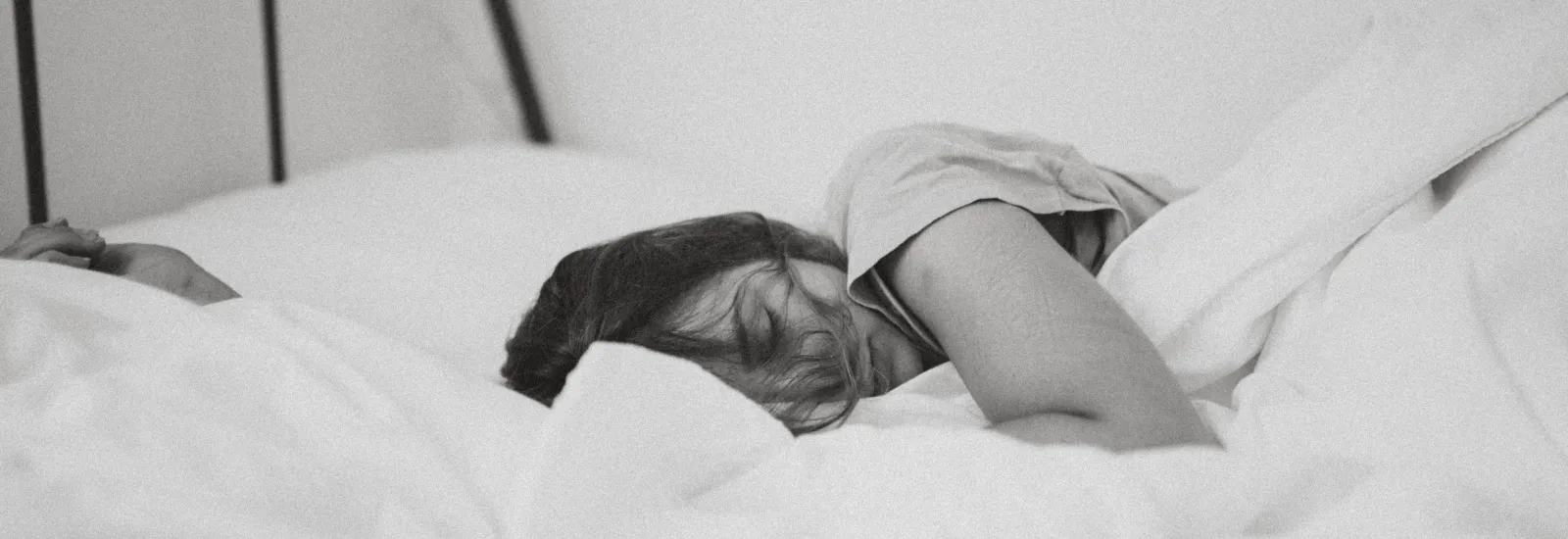
How to get a better night’s sleep
Sleep apnea is a diagnosis that affects millions of people in the U.S – 24% of adult men and 9% of adult women. It involves the slowing (hyponea) or brief cessation of breathing (apnea) while sleeping. Often snoring is observed by a loved one and can be quite frightening. Sleep apnea can be either central or obstructive in nature. In the less common central sleep apnea the signal to breathe is lost or not produced and respiratory effort is decreased. Obstructive sleep apnea (OSA) can occur within the nose at the level of the palate or at the base of the tongue. Loud and frequent snoring can be a sign of obstructive sleeping. Treatments are focused around either bypassing an obstruction or increasing the amount of space for air to flow. Untreated sleep apnea can lead to excessive daytime sleepiness problems with concentration/focus which can affect work or school and serious health problems such as heart disease or stroke.
A diagnosis of sleep apnea is usually made by a pulmonologist or other sleep medicine-qualified provider. This is typically done by polysomnography (“sleep study”). This study involves an observed period of sleep in which multiple variables are assessed such as EEG (brain-waves) chest and abdominal movements pulse oximetry leg movements etc. One of many observations from this study is the AHI (apnea-hyponea index) or number of events per hour. An AHI of greater than 5 is diagnostic of sleep apnea. Often sleep studies are repeated with various interventions such as CPAP to monitor improvement of the OSA. In overweight patients losing weight can be the most important factor to improving apnea.
Continuous positive airway pressure (CPAP) is the first line of treatment for OSA in many patients. This involves the use of a face or nasal mask that blows air (positive pressure) through the airways in order to bypass obstructions. These devices have become more compact and comfortable over the years although many patients still have trouble complying with their use. Other patients report never going anywhere without them and felt reinvigorated after their use.
Other non-surgical options that are helpful in reducing snoring or mild sleep apnea are dental splints/devices. These devices typically pull the lower jaw forward in order to open up the airway. Devices such can be adjusted to bring the jaw forward variable distances. Some patients report success with this option although the device can be painful to wear and can cause/exacerbate temporomandibular (TMJ) symptoms if present.
Patients that experience obstruction at the nasal level may suffer from a deviated septum and/or turbinate hypertrophy. This can often be corrected by a simple outpatient surgery to straighten the septum or remove/shrink enlarged turbinates. This seldom improves moderate-to-severe OSA but can improve compliance with other less-invasive modalities such as CPAP.
Obstructions at the tongue or palate are classically treated by reducing these soft tissues. Removal of the tonsils and/or adenoids is commonly performed in order to open the airway. More extensive procedure such as Uvulopalatopharyngoplasy (UVPP) may trim the tonsillar/palatal tissues and remove or reposition the uvula. There is a 40-50% success rate with these procedures although risks include changes in speech difficulty swallowing and dryness. You should contact a qualified ENT/otolaryngologist to see if you are a candidate for one of these procedures.
Obstructions at the level of the tongue can sometimes be treated by reducing the size of the base of the tongue – which can be very invasive. Some centers are using robotic systems to aid in exposure and remove of this tissue less invasively but this is not available everywhere. In severe cases a tracheostomy may be necessary to bypass the obstruction.
In recent years newer techniques have developed that move the base of the tongue by either advancing the muscles attached to it (genioglossus advancement) or by moving the upper and lower jaws together. These patients often have flat faces or the appearance of no chin. Maxillomandibular advancement (MMA) or bimaxillary advancement has been reported to be successful in >85% of treated patients. If you have had braces and are considering jaw surgery to improve your “bite” this can be done at the same time by coordinating with your orthodontist. Over half of patients have the added benefit of aesthetically improving the profile of the face. Many of these changes are quite drastic and give a pleasing convex appearance to the midface improvements to the nose and a “strong chin”. These results might require a cosmetic chin implant or rhinoplasty to achieve otherwise. I offer these procedures and utilize 3D modeling/printing based on a preoperative CT scan to assure accuracy.
There are many options and variables to consider when treating obstructive sleep apnea. Individual treatments depend on the severity of the issue as well as your personal anatomy. If you’d like to make an appointment for a consultation call (765) 962-4872.
— By S. Travis Greathouse M.D.

